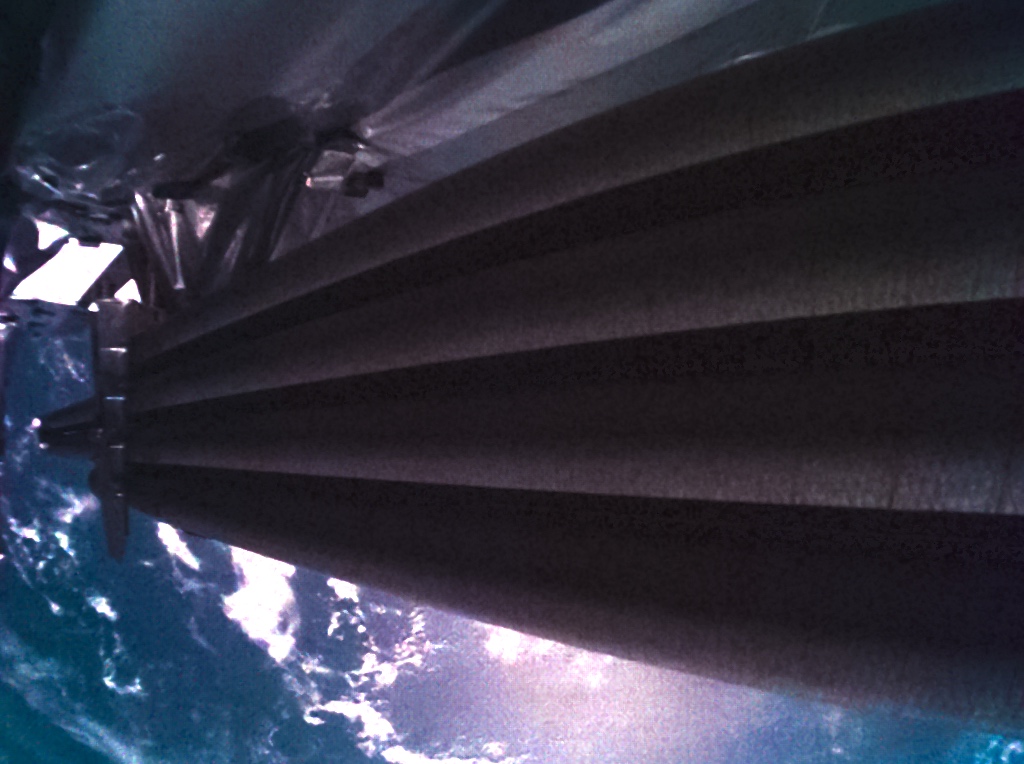WASHINGTON — A radar antenna on a European mission to Jupiter has yet to fully deploy after launch, although project officials say they still have plenty of options to fix the problem.
The European Space Agency said April 28 that the radar instrument on the Jupiter Icy Moons Explorer (JUICE) spacecraft had not fully deployed its 16-meter antenna as expected in the week after its April 13 launch. The antenna, extending from either side of the spacecraft, was only about a third of its intended length.
Engineers suspect that a pin in the antenna is stuck, keeping the antenna stowed. “In this case, it is thought that just a matter of millimeters could make the difference to set the rest of the radar free,” the agency said in a statement.
ESA is considering other measures to deploy the antenna. An upcoming engine burn will shake the spacecraft, potentially freeing the pin. The spacecraft will also rotate so that the antenna, currently in shadow, will move into sunlight and warm up.
The radar instrument, called Radar for Icy Moons Exploration (RIME), is one of 10 instruments on JUICE. It is designed to probe into the icy surfaces of Jupiter’s moons Europa, Ganymede and Callisto to a depth of nine kilometers. Development of RIME was led by the University of Trento in Italy, with NASA’s Jet Propulsion Laboratory contributing components for the instrument.
RIME is based on radar instruments flown on two Mars missions, ESA’s Mars Express and NASA’s Mars Reconnaissance Orbiter. Many of the RIME team members worked on those two missions.
The problem with RIME is the only major issue reported during the commissioning phase of JUICE, which is set to last two months. Other many systems, including the deployment of a 10.6-meter magnetometer boom, have taken place without incident.
JUICE, which will arrive in the Jupiter system in 2031, is one of ESA’s flagship science missions. “It is really a fantastic mission. It is ESA’s most complex mission this decade in terms of space science missions,” Josef Aschbacher, director general of ESA, said in an interview during the 38th Space Symposium, days after the launch of JUICE.
